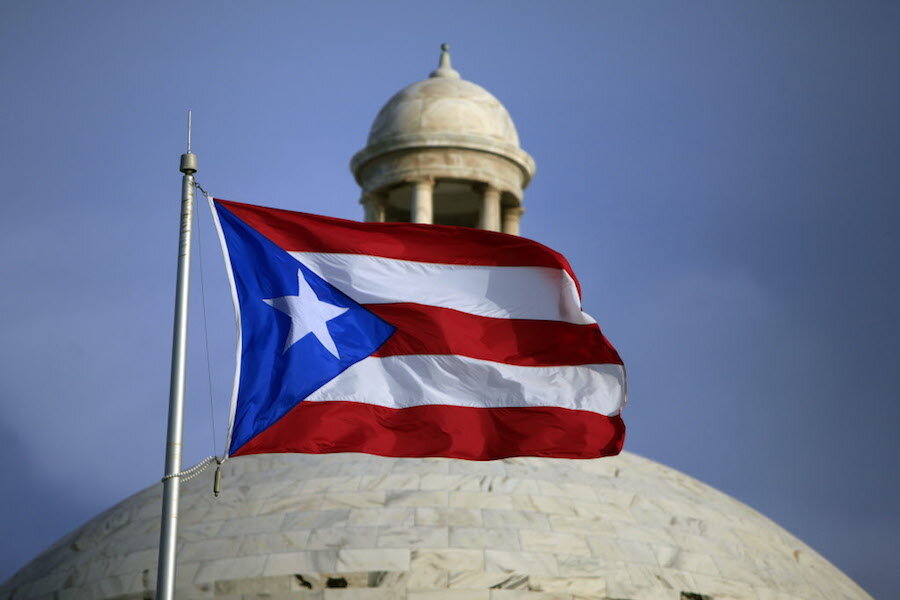A lifeline for Puerto Rico
Loading...
Last week, the Senate passed and President Obama signed into law the Puerto Rico Oversight, Management, and Economic Stability Act (PROMESA). The law did not prevent Puerto Rico from becoming the first U.S. state or territory to default on general obligation debt, or debt backed by the issuer’s full taxing authority, since Arkansas in the 1930s. However, it did provide much needed breathing room from creditor lawsuits while the island struggles to find a way forward.
So what did the legislation do? First, despite claims from detractors, it did not provide a taxpayer financed bailout for Puerto Rico. As the CBO noted in its cost estimate of the House version, the federal government will spend $370 million over ten years, mostly to pay legal and financial consultants to devise a restructuring plan. (This sum may seem extravagant, but Detroit paid $170 million to restructure its $18 billion in debt. Puerto Rico is confronting a much larger and more complex $72 billion problem.) However, the Puerto Rican government will be on the hook to repay these costs, so the long-run federal budget effect is neutral.
Second, although supporters have stressed that PROMESA does not grant Puerto Rico access to Chapter 9 bankruptcy, it comes pretty close. The legislation borrows extensively from the federal bankruptcy code and bars creditor lawsuits for nonpayment retroactive to December. The law retains language from Chapter 9 that any workout plan must be “feasible and in the best interests of creditors,” and it allows Puerto Rico to discharge its debts once the plan is confirmed by a judge. This version of bankruptcy is open only to U.S. territories, so concerns that Illinois and other troubled states will be next are abated.
The legislation also incorporates lessons from past U.S. municipal fiscal crises. Importantly, it creates a seven-member Financial Oversight and Management Board with broad powers to approve budgets or develop its own. The board will be authorized to undertake mid-year corrective actions, including spending cuts, if budgets get out of balance. The board has sole authority to file a restructuring plan and must approve all new debt. It can force asset sales, cut the public workforce, and essentially veto any local law that is inconsistent with PROMESA. These are strong powers relative to state interventions in local fiscal distress.
Finally, the plan sets up a voluntary restructuring process whereby creditors would be assigned to pools based on their priority of claims (no easy task given conflicts between Puerto Rico’s constitution and revenue pledges for certain debt issuances). Crucially, members holding two thirds of the debt in each pool could vote to make the rest of their group take a deal. This provision is intended to avoid fiascos like in Argentina, where a small group of holdouts kept everyone in court for more than a decade and rattled sovereign debt markets.
PROMESA leaves many questions unanswered. Although granted broad powers, the control board may or may not choose to use them. Composition of the board is everything, as Senate Democrats pushing for amendments guaranteeing more local representation surmised. Of particular concern to bondholders is how the board will interpret the law’s mandate that any workout plan “provide adequate funding for public pension systems.”
However, the biggest unanswered question is how to get Puerto Rico’s economy growing again. Provisions to fast track infrastructure projects, allow the governor to enact a temporary sub-minimum wage for young workers, and create yet another task force to review federal laws that may be harmful to Puerto Rico’s economy are weak sauce.
But something had to happen and it did. PROMESA threaded the needle of providing an orderly restructuring process and credible, external oversight while keeping enough members of Congress on board. Now, for the sake of the 3.5 million Americans living in Puerto Rico, let the real work begin.
This article first appeared at TaxVox.





